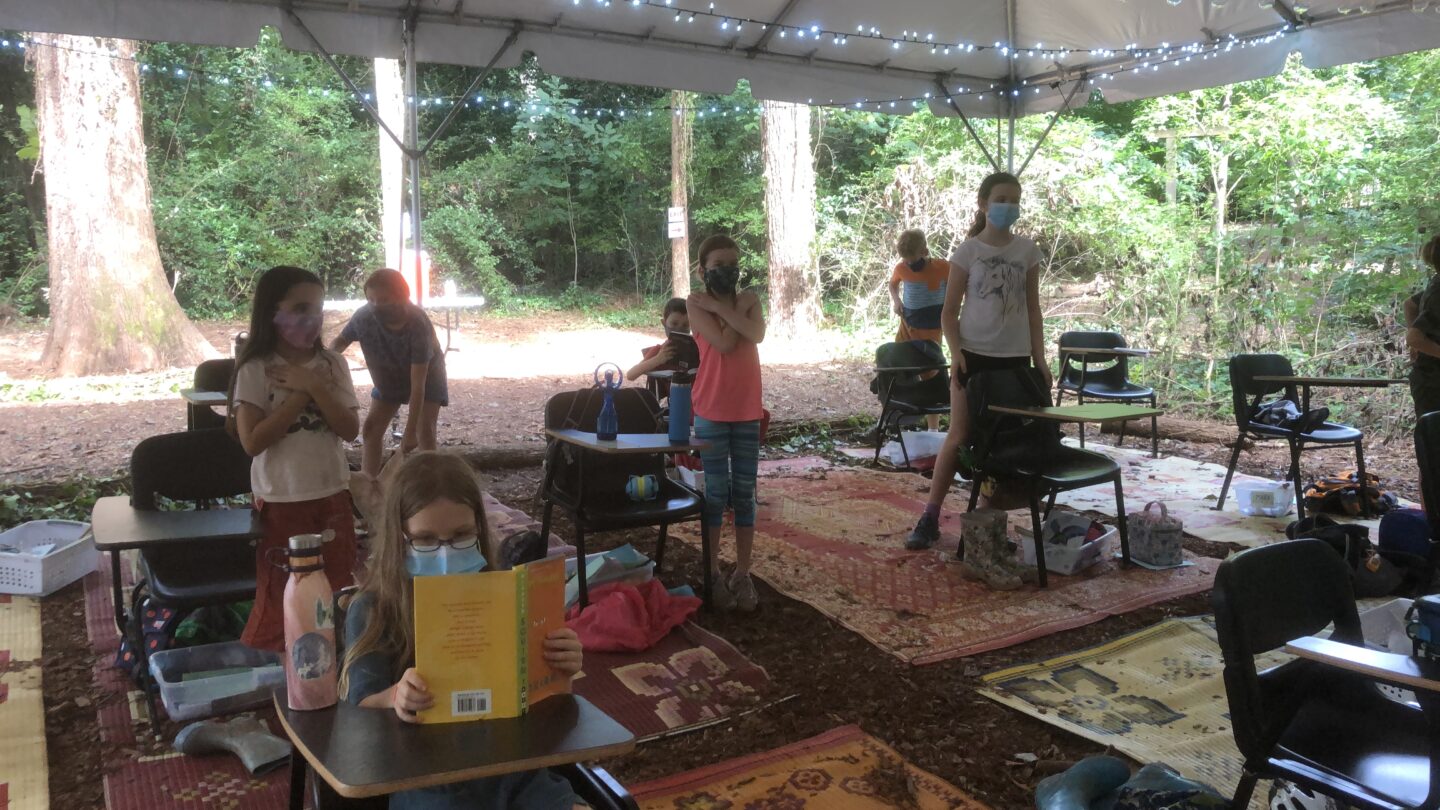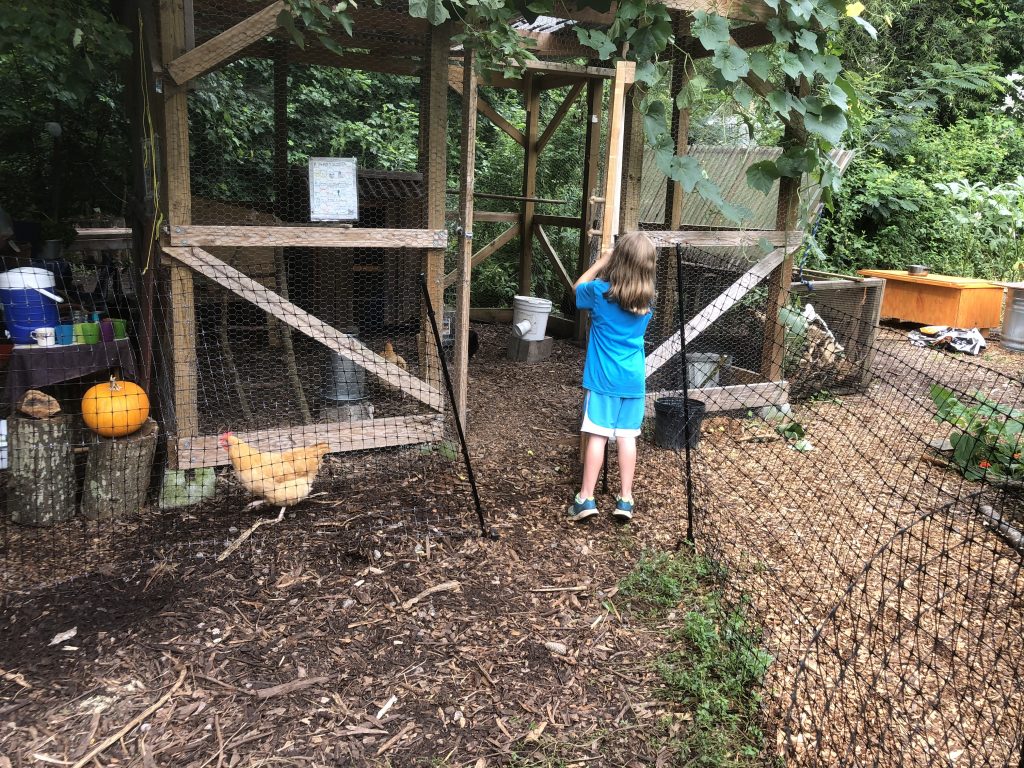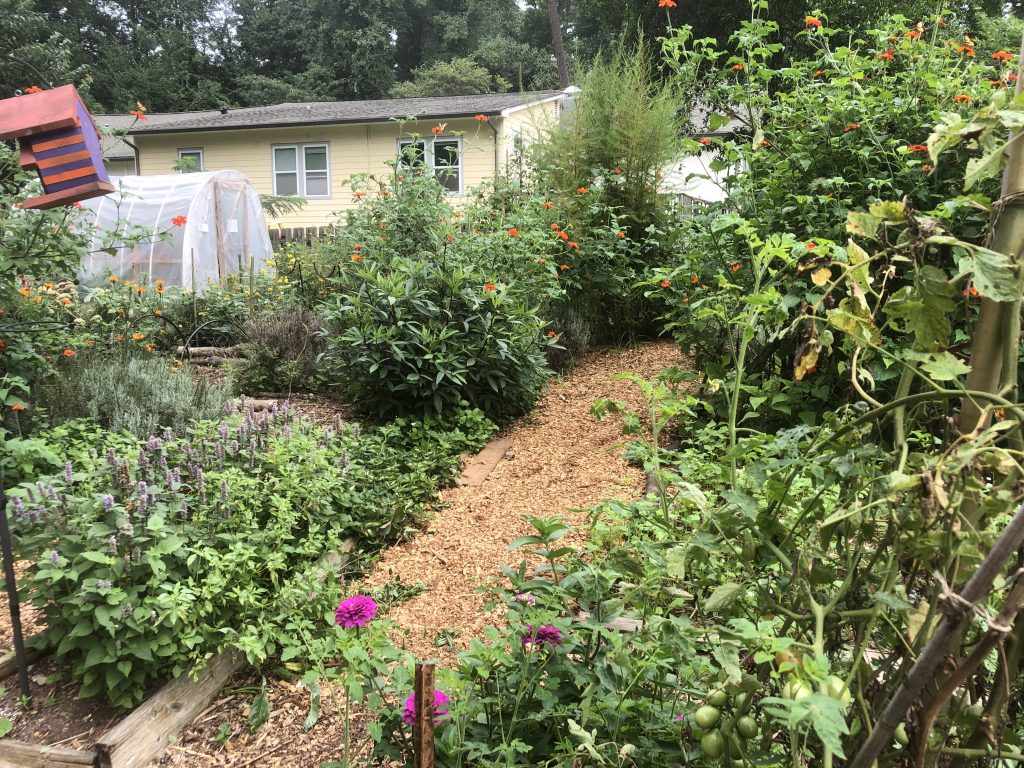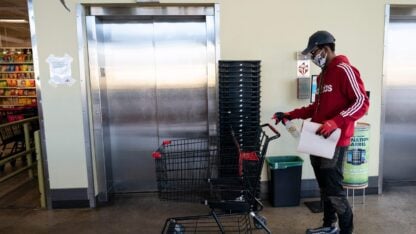This Atlanta School Is Maximizing Time Outside While It Can

Fourth graders at the Waldorf School of Atlanta take a break right before Spanish class.
As some schools reopen for in-person learning, national experts are urging them to hold some classes outside to help slow the spread of COVID-19. Dr. Anthony Fauci, director of the National Institute of Allergy and Infectious Diseases, recommended it recently during a Facebook Live event.
“Get as much outdoors as you can,” he said. “If you look at the [COVID-19] superspreader events that have occurred, they’re almost always inside.”
Taking It Outside
The Waldorf School of Atlanta has planned to bring classes outside for months. Since school started Aug. 12, students who opted for in-person learning have had classes under big outdoor tents on the school’s 6-acre campus in Decatur.
A Waldorf education combines academics, the arts and practical skills. While it doesn’t emphasize the use of technology, students at the Waldorf School of Atlanta have the option to learn remotely this fall. A tour of the campus shows everything from fourth-graders taking Spanish class to third graders gardening to eighth-graders completing woodworking projects. The classrooms resemble their indoor counterparts—with chalkboards, desks, and other school supplies.

A recent national report says about a third of schools in the U.S. are located in “heat islands,” which can make outdoor learning difficult. So, the campus has hydration stations throughout, where teachers can fill students’ water bottles.
“Every student has at least one water bottle—some two,” says Sharon Annan, the school’s pedagogical chair and math specialist. “It’s been pretty temperate…at least in the shade. But we’ve certainly been out here on plenty of days in the 90s. So encourage a lot of hydration while they’re out here.”
Classrooms also have fans, and the school is releasing students early each day for the first several weeks because of the warm weather.
Learning specialist Rebecca Mannis says teachers can find creative ways to keep students engaged in warm weather.
“For example, it might make sense for the kids to do ‘Simon Says’ in French earlier in the day when it’s perhaps less warm, and then perhaps outdoor learning could involve kids breaking up into groups and developing board games about the vocabulary that was used,” she says.
Mannis is the founder of Ivy Prep Learning Center based in New York. She says teachers and students who move classes outside will have to adapt to new physical conditions-whether they’re outdoors all day or for an hour or two.
“Some kids are going to feel great because they have more space, and they’re able to move around more, whereas other children are going to feel itchy or distracted by noises in the environment or by the mosquito bite that they may get as they’re studying science,” she says.

Figuring Out What Works
Stacey Alston, the Waldorf School of Atlanta’s enrollment director, says there have definitely been some adjustments to outdoor learning since school started August 12.
“We took our best guess about how this was all going to work,” she says. “We got it set up and then, of course, reality sets in. So we’ve had to adjust and decide what does work, what doesn’t work.”
One thing that didn’t work, Alston says, was placing the third-grade classroom near the school’s garden. Gardening is part of the third-grade curriculum, but the classroom is too far away from the others.
The school has had to move classes inside one day when it rained. It worked well logistically, but, Annan says, the children weren’t necessarily pleased.
“Many of the students were saying how much they missed being outside and didn’t like their indoor classroom anymore,” she says. “They wanted to be back out in the outdoor classroom.”
The Waldorf School of Atlanta isn’t sure how long it will be able to sustain outdoor learning, but school officials say they’re taking it a month or two at a time.







